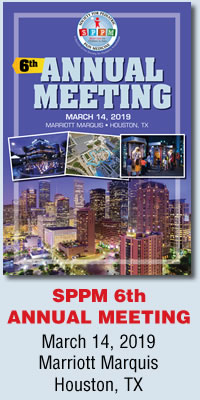A Cluster of High Psychological and Somatic Symptoms in Children with Idiopathic Scoliosis Predicts Persistent Pain and Analgesic use One Year after Spine Fusion
Voepel Lewis T, Caird MS, Tait AR et al. Pediatric Anesthesia 2018;28(10):873-880
Reviewed by Sabine Kost-Byerly, MD
Director, Pediatric Pain Management,
Director, Multi-disciplinary Pediatric Pain Clinic, Kennedy Krieger Institute
Associate Professor of Anesthesiology and Critical Care Medicine,
Johns Hopkins University School of Medicine
Baltimore, Maryland
Persistent pain after major surgery has been documented in children, yet contributing factors have been poorly defined. This study aimed to explore the predictive value of preoperative psychological and somatic symptom clusters for long-term pain outcomes in children with idiopathic scoliosis undergoing posterior spine fusion.
Methods
A prospective, longitudinal, observational study was conducted in consecutively recruited, cognitively intact, 10-17 year old patients with idiopathic scoliosis presenting for primary elective posterior spine fusion. Assessment tools included the numeric rating scale (NRS), Pediatric Fibromyalgia Survey Criteria (pFSC), the self-reported body map for pain, pain-DETECT for documentation of neuropathic-type pain symptoms, the Short Form of the Pediatric Patient-Report Outcome Measure Systems (PROMIS) to measure somatic and psychological symptoms, and Pain Catastrophizing to evaluate concerns about pain. Children independently completed the baseline surveys on an iPAD about two weeks before surgery. During the hospitalization surgical information, analgesic administration, and daily self-reported pain intensity scores were recorded. One year post surgery patients completed a follow-up survey assessing for persistent pain and analgesic use.
Results
Among the 95 patients, the preoperative measurement of psychological and somatic symptoms could clearly differentiate between children with high and low symptom clusters. Patients in the high symptom group (30%) reported higher preoperative pain intensity, anxiety, widespread pain, pFSC scores and more common analgesic use. This group also reported higher pain intensity during their hospital stay. However their postoperative analgesic use was similar to the low symptom group. At the one-year follow-up the high cluster group reported higher pain scores, more pain interfering with activity, and neuropathic-type pain than the low symptom cluster group. The probability of continued, though mostly non-opioid analgesic use was 50% higher. Pain scores in the immediate postoperative period were not predictive of persistent pain. Other perioperative factors were not found to be associated with long-term outcome.
Conclusions
Among adolescent patients with idiopathic scoliosis presenting for surgery, 30% can be identified based on a high degree of preoperative psychological and somatic symptomatology. These children continued to report increased pain intensity, pain interference, and analgesic use one year after posterior spine fusion. Future efforts may focus on identifying such patients earlier in order to initiate targeted symptom reduction strategies.


